On this day, 10th of July, 1856 in Smiljan, Lika, which was then part of the Austo-Hungarian Empire, today region of Croatia, Nikola Tesla was born. His father, Milutin Tesla was a Serbian Orthodox Priest and his mother Djuka Mandic was an inventor in her own right of household appliances.
Nikola Tesla symbolizes a unifying force and inspiration for all nations in the name of peace and science. He was a true visionary far ahead of his contemporaries in the field of scientific development. New York State and many other states in the USA proclaimed July 10, Tesla’s birthday- Nikola Tesla Day.
But, let’s take a look at what Nikola Tesla — a man who died broke and alone — has actually given to the world. For better or worse, with credit or without, he changed the face of the planet in ways that perhaps no man ever has.
1. Alternating Current
This is where it all began, and what ultimately caused such a stir at the 1893 World’s Expo in Chicago. A war was leveled ever-after between the vision of Edison and the vision of Tesla for how electricity would be produced and distributed. The division can be summarized as one of cost and safety: The DC current that Edison (backed by General Electric) had been working on was costly over long distances, and produced dangerous sparking from the required converter (called a commutator). Regardless, Edison and his backers utilized the general “dangers” of electric current to instill fear in Nikola Tesla’s alternative: Alternating Current.

As proof, Edison sometimes electrocuted animals at demonstrations. Consequently, Edison gave the world the electric chair, while simultaneously maligning Tesla’s attempt to offer safety at a lower cost. Tesla responded by demonstrating that AC was perfectly safe by famously shooting current through his own body to produce light. This Edison-Tesla (GE-Westinghouse) feud in 1893 was the culmination of over a decade of shady business deals, stolen ideas, and patent suppression that Edison and his moneyed interests wielded over Tesla’s inventions. Yet, despite it all, it is Tesla’s system that provides power generation and distribution to North America in our modern era.
2. Light
Of course Nikola Tesla didn’t invent light itself, but he did invent how light can be harnessed and distributed. Tesla developed and used fluorescent bulbs in his lab some 40 years before industry “invented” them.

At the World’s Fair, Tesla took glass tubes and bent them into famous scientists’ names, in effect creating the first neon signs. However, it is his Tesla Coil that might be the most impressive, and controversial. The Tesla Coil is certainly something that big industry would have liked to suppress: the concept that the Earth itself is a magnet that can generate electricity (electromagnetism) utilizing frequencies as a transmitter. All that is needed on the other end is the receiver — much like a radio.
3. X-rays
Electromagnetic and ionizing radiation was heavily researched in the late 1800s, but Nikola Tesla researched the entire gamut. Everything from a precursor to Kirlian photography, which has the ability to document life force, to what we now use in medical diagnostics, this was a transformative invention of which Tesla played a central role.
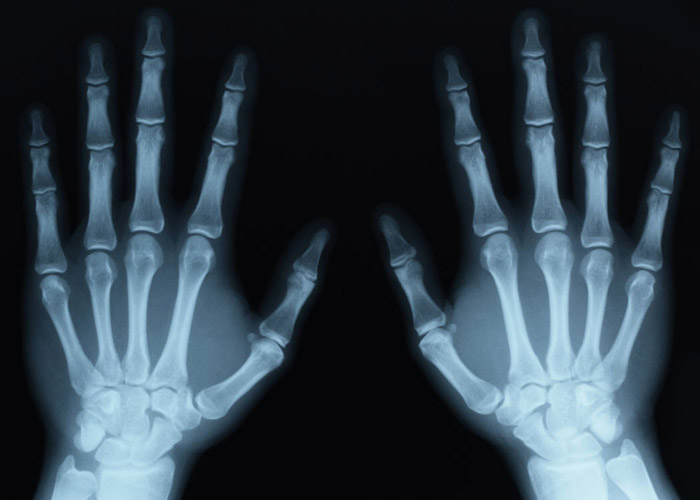
X-rays, like so many of Tesla’s contributions, stemmed from his belief that everything we need to understand the universe is virtually around us at all times, but we need to use our minds to develop real-world devices to augment our innate perception of existence.
4. Radio
Guglielmo Marconi was initially credited, and most believe him to be the inventor of radio to this day. However, the Supreme Court overturned Marconi’s patent in 1943, when it was proven that Tesla invented the radio years previous to Marconi. Radio signals are just another frequency that needs a transmitter and receiver, which Tesla also demonstrated in 1893 during a presentation before The National Electric Light Association.
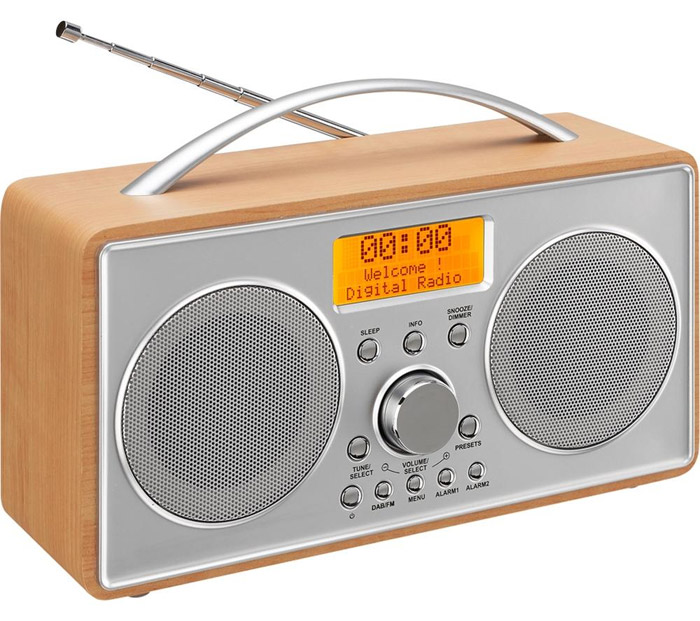
In 1897 Tesla applied for two patents US 645576, and US 649621. In 1904, however, The U.S. Patent Office reversed its decision, awarding Marconi a patent for the invention of radio, possibly influenced by Marconi’s financial backers in the States, who included Thomas Edison and Andrew Carnegie. This also allowed the U.S. government (among others) to avoid having to pay the royalties that were being claimed by Nikola Tesla.
5. Remote Control
This invention was a natural outcropping of radio. Patent No. 613809 was the first remote controlled model boat, demonstrated in 1898. Utilizing several large batteries; radio signals controlled switches, which then energized the boat’s propeller, rudder, and scaled-down running lights.

While this exact technology was not widely used for some time, we now can see the power that was appropriated by the military in its pursuit of remote controlled war. Radio controlled tanks were introduced by the Germans in WWII, and developments in this realm have since slid quickly away from the direction of human freedom.
6. Electric Motor
Nikola Tesla’s invention of the electric motor has finally been popularized by a car brandishing his name. While the technical specifications are beyond the scope of this summary, suffice to say that Tesla’s invention of a motor with rotating magnetic fields could have freed mankind much sooner from the stranglehold of Big Oil.

However, his invention in 1930 succumbed to the economic crisis and the world war that followed. Nevertheless, this invention has fundamentally changed the landscape of what we now take for granted: industrial fans, household applicances, water pumps, machine tools, power tools, disk drives, electric wristwatches and compressors.
7. Robotics
Nikola Tesla’s overly enhanced scientific mind led him to the idea that all living beings are merely driven by external impulses. He stated: “I have by every thought and act of mine, demonstrated, and does so daily, to my absolute satisfaction that I am an automaton endowed with power of movement, which merely responds to external stimuli.” Thus, the concept of the robot was born.

However, an element of the human remained present, as Tesla asserted that these human replicas should have limitations — namely growth and propagation. Nevertheless, Nikola Tesla unabashedly embraced all of what intelligence could produce. His visions for a future filled with intelligent cars, robotic human companions, and the use of sensors, and autonomous systems are detailed in a must-read entry in the Serbian Journal of Electrical Engineering, 2006.
8. Laser
Nikola Tesla’s invention of the laser may be one of the best examples of the good and evil bound up together within the mind of man. Lasers have transformed surgical applications in an undeniably beneficial way, and they have given rise to much of our current digital media.

However, with this leap in innovation we have also crossed into the land of science fiction. From Reagan’s “Star Wars” laser defense system to today’s Orwellian “non-lethal” weapons’ arsenal, which includes laser rifles and directed energy “death rays,” there is great potential for development in both directions.
9 and 10. Wireless Communications and Limitless Free Energy
These two are inextricably linked, as they were the last straw for the power elite — what good is energy if it can’t be metered and controlled? Free? Never. J.P. Morgan backed Nikola Tesla with $150,000 to build a tower that would use the natural frequencies of our universe to transmit data, including a wide range of information communicated through images, voice messages, and text.
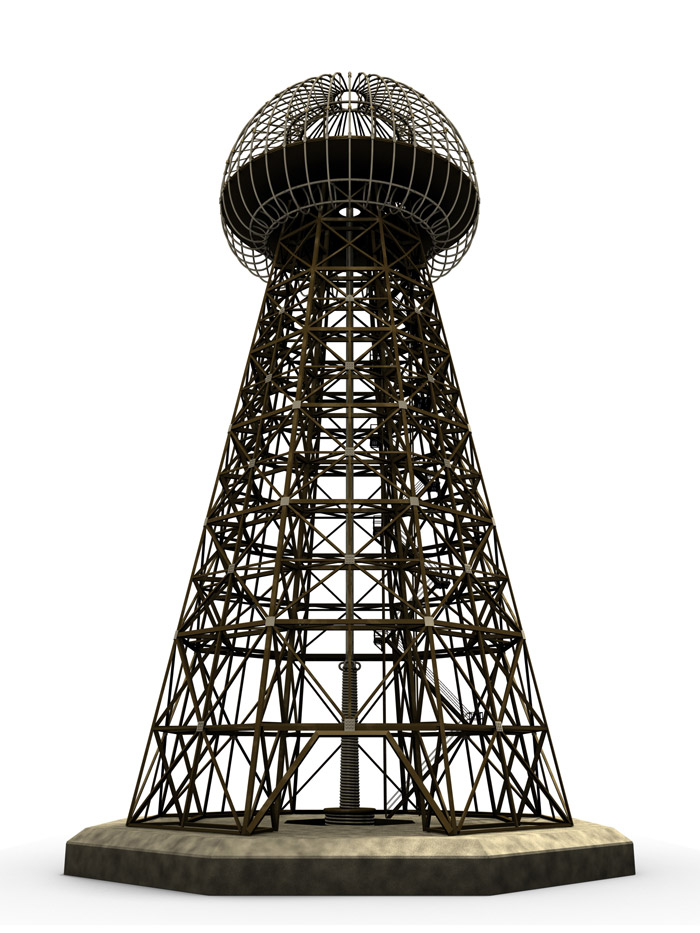
This represented the world’s first wireless communications, but it also meant that aside from the cost of the tower itself, the universe was filled with free energy that could be utilized to form a world wide web connecting all people in all places, as well as allow people to harness the free energy around them. Essentially, the 0’s and 1’s of the universe are embedded in the fabric of existence for each of us to access as needed. Nikola Tesla was dedicated to empowering the individual to receive and transmit this data virtually free of charge. But we know the ending to that story . . . until now?
Nikola Tesla had perhaps thousands of other ideas and inventions that remain unreleased. A look at his hundreds of patents shows a glimpse of the scope he intended to offer.
Some Interesting Facts about Nikola Tesla:
- Tesla claimed to sleep just 2 to 3 hours a day. Whereas Sir Isaac Newton needed 3-4 hours of sleep daily.
- When Tesla arrived in New York from Serbia, he had 4 cents to his name.
- Tesla brought a letter of recommendation to Thomas Edison that read: “My Dear Edison: I know two great men and you are one of them. The other is this young man!”
- He was offered $50,000 to improve some of Edison’s ideas, but when he delivered, Edison claimed that he had only been “joking,” and refused to pay him.
- Tesla achieved the “impossible” by demonstrating a working brushless polyphase AC induction motor to a group of wealthy investors – none of whom would invest a penny.
- In 1886, Tesla persuaded investors to fund the Tesla Electric Light & Manufacturing Company. Tesla invented a revolutionary arc lamp and the company made money. The investors then promptly reaped the profits and fired Tesla, who was forced into manual labor to survive.
- Tesla discovered X-ray radiation 3 years before Wilhelm Roentgen was credited for the same discovery.
- As a boy, Tesla saw a likeness of Niagra Falls, and dreamed of harnessing the power of the water to create electricity. In 1893, he succeeded in doing just that. Investors included W. K. Vanderbilt, son of Cornelius Vanderbilt.
- Although Tesla demonstrated his invention of the radio in 1893 and received a patent for it, the patent office stripped the award in 1904 and gave it instead to Guglielmo Marconi. Since both Thomas Edison and Andrew Carnegie had invested in Marconi and not in Tesla. Tesla fought for 29 years to reacquire his patent, finally getting a hearing in the US Supreme Court. With finding that 15 of Marconi’s 16 patents were actually invented by Tesla himself, the court rules in Tesla’s favor in 1944 – a year after his death.
- When inventor George Washington Carver’s paintings were displayed at the 1893 World’s Fair Exposition, they were lit using Tesla’s AC power – although Edison refused to allow use of his light bulbs.
- In 1898, the United States military showed no interest when Tesla demonstrated a remote-controlled boat. Even though Tesla’s wireless device was the beginning of the technology that enabled robotics that were initially conceived by Leonardo da Vinci.
- Tesla worked for many years attempting his wireless transmission of electricity and believed that electricity could be projected into the upper atmosphere for storage and access at will.
- J Pierpont Morgan invested $150,000 in Tesla’s idea to build a gigantic radio transmitter – but then refused to invest any further after it was revealed that Tesla was instead trying to transmit electrical power wirelessly.
- In order to keep electricity inexpensive to the public, Tesla sold George Westinghouse his own royalties, which were worth $12 million, for just $216,000. If Tesla had kept his royalties, he may have been the first billionaire, sharing financial history with the likes of John D. Rockefeller the worlds first in 1916, Howard Hughes, and Bill Gates who became the first man to reach $100 billion in 1999.
- In 1917, he received the Edison Medal from the American Institute of Electrical Engineers. A previous president of the AIEE was Alexander Graham Bell.
- Tesla and the great storyteller, Mark Twain, were very close friends.
- Orson Wells played Tesla in the 1980 Yugoslavian film Tajna Nikole Tesle (English translation: “The Secret of Nikola Tesla”).
- In his latter years, Tesla asserted that he had indeed discovered a limitless power supply from a source that no one else had even suspected, but he never revealed the source.
- He claimed to have designed a death ray – or “peace ray,” as he preferred – that could electrocute an approaching army completely at a distance of 200 miles.
- Tesla adorned the cover of Time Magazine in 1931, and was praised by Albert Einstein as “an eminent pioneer in the realm of high frequency currents…”
- In 1928 he received his last patent, which was a forerunner to the modern day helicopter, which was initially conceived of by Leonardo da Vinci. In his lifetime some have stated that he had applied for 840 patents and received 700. What can be found is that he has 112 US Patents and 34 International Patents. Regardless, he was known as the Father of Radio, Television, Power Transmission, and the Induction Motor.

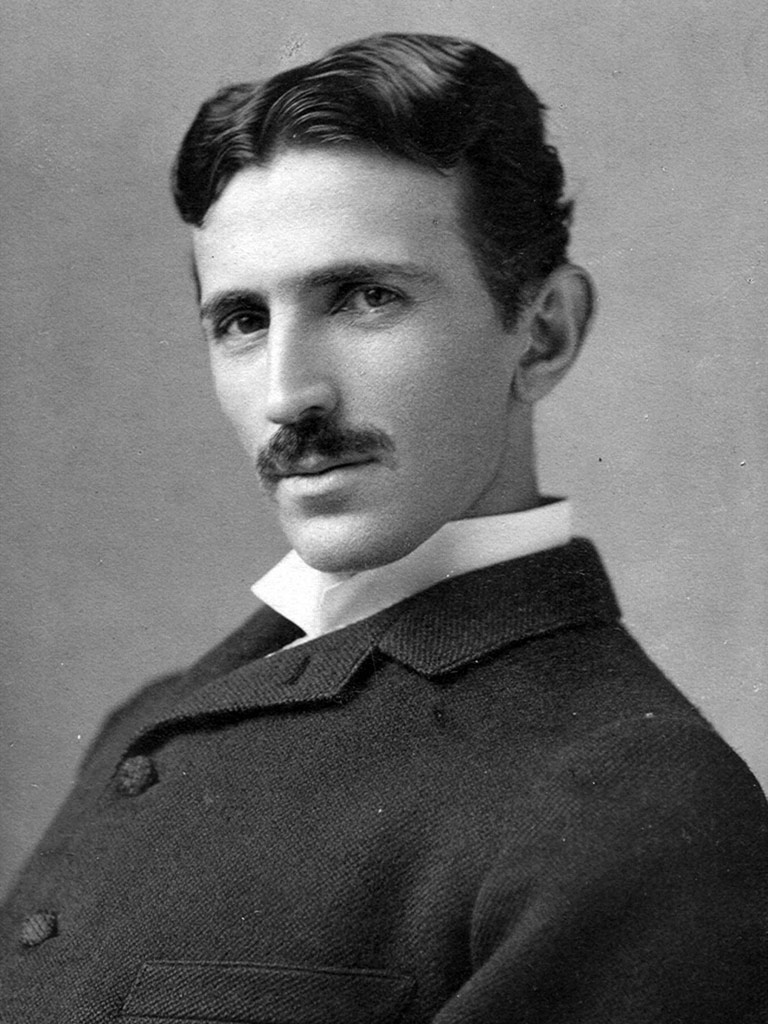


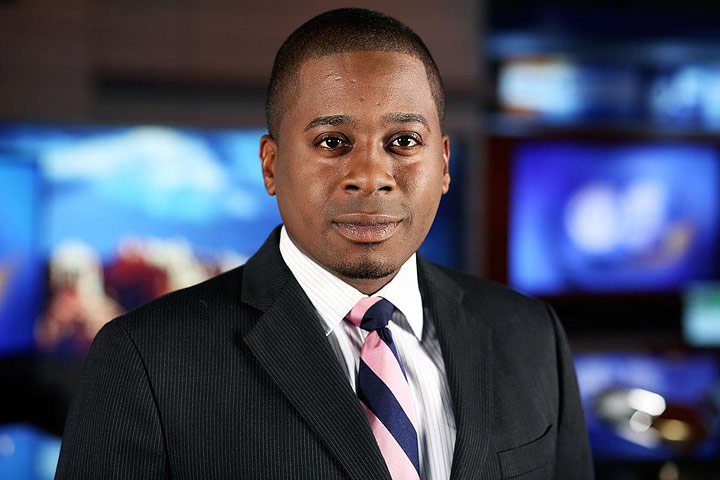

Leave a Reply